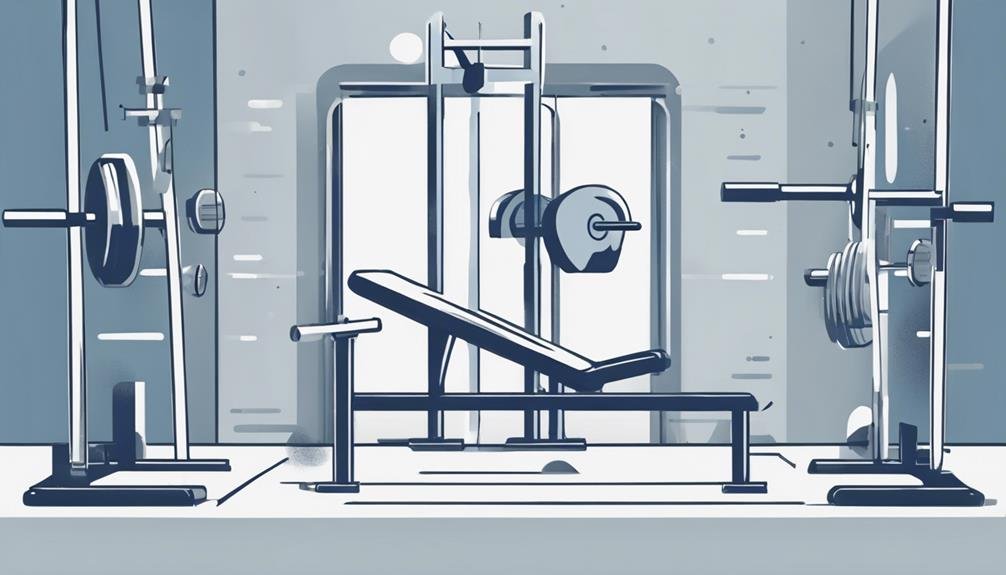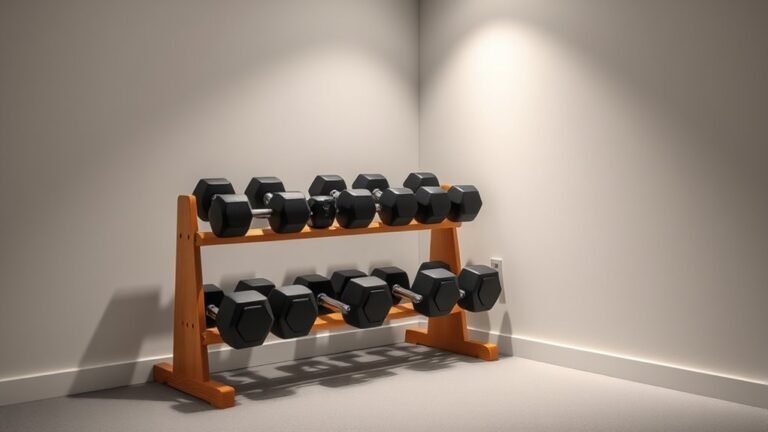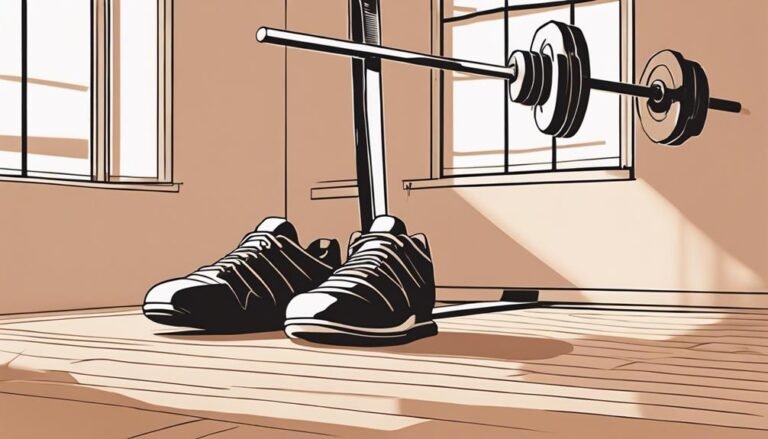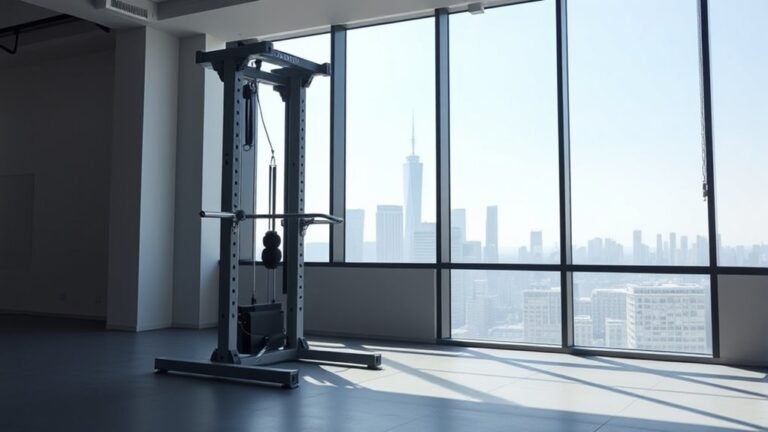7 Time-Tested Weightlifting Routines for Men Over 40
If you're over 40 and looking to boost your strength, these seven time-tested weightlifting routines can help. Start with the Classic Full-Body Routine, focusing on compound exercises like squats and deadlifts. The Push-Pull Legs Split allows targeted workouts while promoting recovery. An Upper-Lower Body Split is great for balanced strength, while Bodybuilding Basics emphasize progressive overload. Olympic Lifting Fundamentals can enhance your power, while Circuit Training keeps workouts engaging and efficient. Finally, Powerlifting Essentials center on core lifts. Each routine is tailored to your needs, so stick around to discover which suits you best!
Key Takeaways
- Prioritize compound exercises like squats, deadlifts, and bench presses for efficient muscle engagement and overall strength development.
- Emphasize recovery with adequate rest days and sufficient sleep to support muscle repair and growth.
- Consider an Upper-Lower Body Split for balanced training, allowing for focused workouts and recovery time.
- Incorporate flexibility and mobility work to enhance performance and reduce the risk of injuries as you age.
Classic Full-Body Routine
A classic full-body routine is a great way for men over 40 to build strength, improve overall fitness, and boost energy levels. This type of workout engages multiple muscle groups in a single session, making it efficient and effective.
You'll want to focus on compound exercises like squats, deadlifts, bench presses, and rows. These movements not only build strength but also enhance coordination and stability. Aim for two to three sessions per week, allowing at least one rest day in between for recovery.
Start with lighter weights to master your form, gradually increasing the load as you gain confidence. Incorporating flexibility and mobility work will also help prevent injuries and improve your overall performance.
Stay consistent, and you'll see significant results.
Push-Pull Legs Split
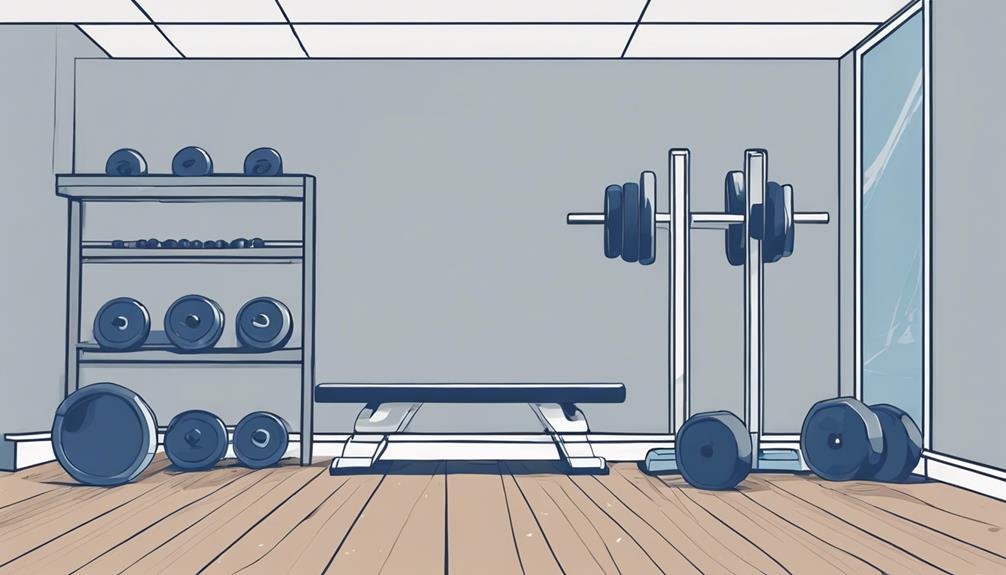
The Push-Pull Legs split is an effective workout structure that allows you to target specific muscle groups while promoting recovery and muscle growth. This method divides your workouts into three categories: push, pull, and legs. You can alternate these workouts throughout the week, ensuring each muscle group gets adequate rest.
Here's a simple breakdown of the routine:
| Day | Workout Type | Key Exercises |
|---|---|---|
| Monday | Push | Bench Press, Shoulder Press |
| Wednesday | Pull | Deadlifts, Rows |
| Friday | Legs | Squats, Lunges |
| Weekend | Rest | |
| Repeat | Cycle |
Upper-Lower Body Split
Shifting focus from the Push-Pull Legs split, the Upper-Lower Body split offers another effective way to structure your workouts by alternating between upper and lower body exercises.
This routine typically involves training your upper body one day and your lower body the next, allowing for balanced muscle development and adequate recovery.
You can tailor workouts to focus on compound lifts, like bench presses and squats, while also incorporating isolation exercises for specific muscle groups.
This split is versatile, making it suitable for various fitness levels and schedules.
Aim for about four sessions each week, giving each muscle group enough time to recover.
With consistent effort, you'll notice improvements in strength and overall fitness.
Bodybuilding Basics
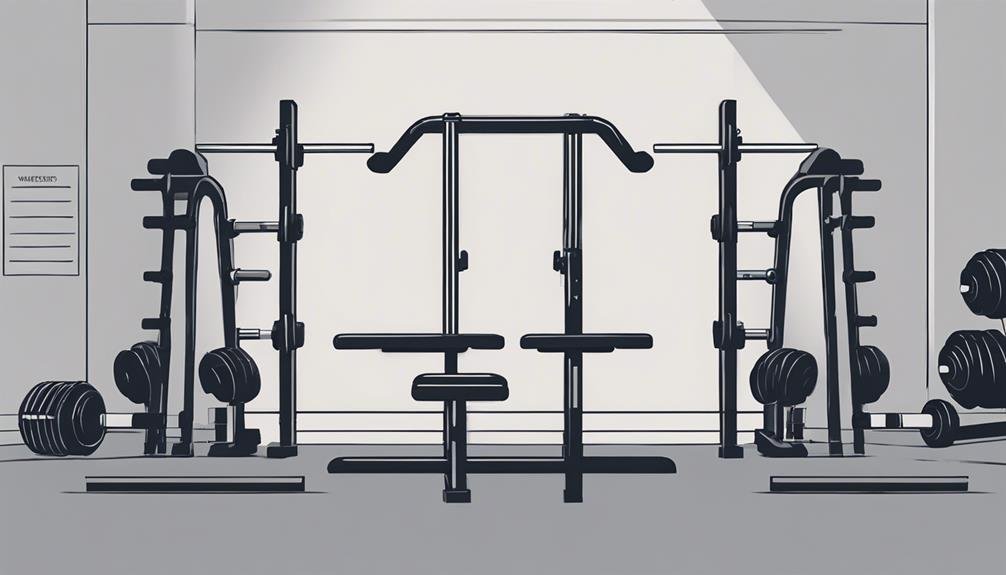
Understanding bodybuilding basics is vital for effectively building muscle and enhancing your overall physique, especially as you age. Start with compound movements, as they engage multiple muscle groups, maximizing your efficiency in the gym. Focus on progressive overload, gradually increasing weights to challenge your muscles. Recovery is important, so make certain you're getting enough sleep and nutrition to support your training.
| Key Concept | Description | Example |
|---|---|---|
| Compound Exercises | Work multiple muscle groups simultaneously | Squats, Deadlifts |
| Progressive Overload | Gradually increase weights or resistance | Add 5 lbs each week |
| Recovery | Allow muscles time to heal and grow | Rest days, proper sleep |
Olympic Lifting Fundamentals
Olympic lifting techniques are essential for improving strength and power, especially for men over 40 looking to enhance their fitness regimen.
These lifts, including the clean and jerk and the snatch, require proper form and technique to maximize efficiency and minimize injury risk.
Start by mastering the basics, focusing on your grip, stance, and positioning.
Use lighter weights to practice the movements, ensuring you develop a strong foundation.
Incorporate mobility drills to improve flexibility, as this'll help you achieve the necessary range of motion.
As you gain confidence, gradually increase the weight, but prioritize form over load.
With dedication and consistency, Olympic lifting can considerably boost your overall strength and athleticism, contributing to a healthier lifestyle.
Circuit Training for Strength
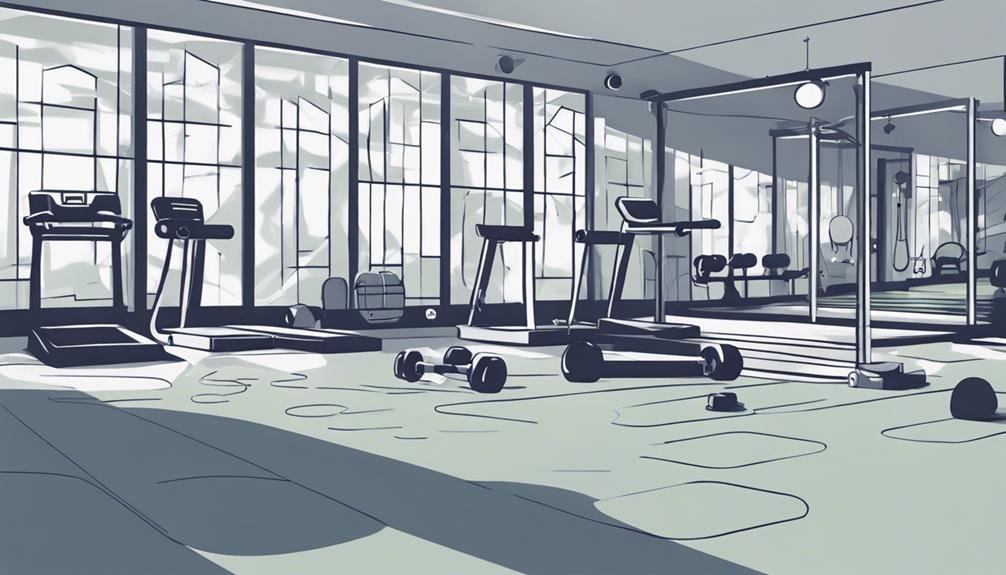
Circuit training offers an efficient way for men over 40 to build strength while keeping workouts engaging and dynamic.
By combining different exercises targeting various muscle groups, you can enhance your strength and endurance in a shorter amount of time.
Start with a circuit of compound movements like squats, push-ups, and rows, performing each for a set period, followed by a brief rest.
Aim for 3-4 circuits, adjusting the weight and intensity as you progress.
This method not only boosts your metabolism but also improves cardiovascular fitness.
Plus, it keeps your routines fresh, reducing the risk of burnout.
Always remember to warm up first and listen to your body to prevent injury.
Enjoy the challenge and reap the rewards!
Powerlifting Essentials

Mastering powerlifting techniques is essential for men over 40 who want to build strength safely and effectively. Focusing on the three main lifts—squat, bench press, and deadlift—will guarantee you develop overall power. Start with light weights to perfect your form, gradually increasing the load as you gain confidence and strength.
Here's a simple guide to help you get started:
| Exercise | Key Focus |
|---|---|
| Squat | Depth and posture |
| Bench Press | Grip and control |
| Deadlift | Back alignment |
| Accessory Work | Core and stability |
Incorporate these essentials into your routine, listen to your body, and always prioritize recovery to prevent injury. You'll build the strength you desire!
Questions
How Often Should I Change My Weightlifting Routine?
You should change your weightlifting routine every 4 to 6 weeks. This keeps your workouts fresh, challenges your muscles, and prevents plateaus. Listen to your body and adjust based on your progress and goals.
What Are the Best Warm-Up Exercises for Older Lifters?
To warm up effectively, you should focus on dynamic stretches like arm circles, leg swings, and torso twists. These movements increase blood flow, improve flexibility, and prepare your muscles for lifting, reducing injury risk.
Should I Focus on Cardio Alongside Weightlifting?
Yes, you should focus on cardio alongside weightlifting. It enhances overall fitness, aids recovery, and improves heart health. Balancing both guarantees you build strength while maintaining endurance, keeping your workouts effective and enjoyable.
How Can I Prevent Injuries While Lifting Weights?
While pushing your limits, it's essential to listen to your body. You can prevent injuries by warming up properly, using correct form, and gradually increasing weights. Balance intensity with care to keep lifting safely.
What Supplements Are Beneficial for Men Over 40?
You'll benefit from supplements like omega-3 fatty acids for joint health, vitamin D for bone strength, and magnesium for muscle function. These can help improve your overall fitness and recovery as you age.
Conclusion
No matter your age, strength training can transform your life.
Whether you prefer the classic full-body routine that builds a solid foundation or the intensity of circuit training that keeps your heart racing, there's something for everyone.
You might find joy in the precision of Olympic lifting or the muscle-building focus of bodybuilding.
Embrace the journey, and remember: it's never too late to lift heavier and feel lighter, both in body and spirit.
Keep pushing forward!

